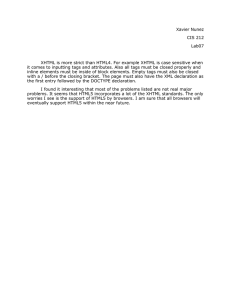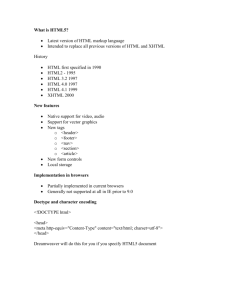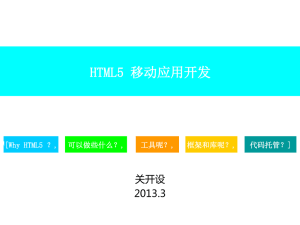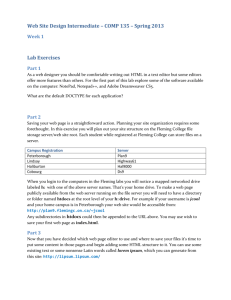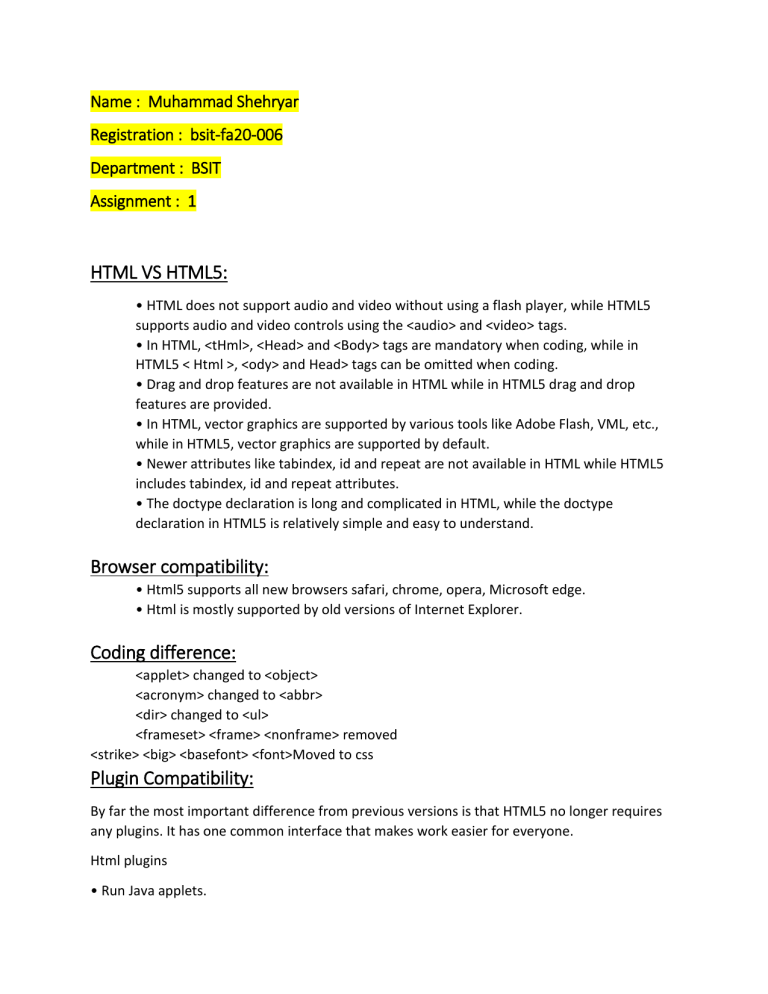
Name : Muhammad Shehryar Registration : bsit-fa20-006 Department : BSIT Assignment : 1 HTML VS HTML5: • HTML does not support audio and video without using a flash player, while HTML5 supports audio and video controls using the <audio> and <video> tags. • In HTML, <tHml>, <Head> and <Body> tags are mandatory when coding, while in HTML5 < Html >, <ody> and Head> tags can be omitted when coding. • Drag and drop features are not available in HTML while in HTML5 drag and drop features are provided. • In HTML, vector graphics are supported by various tools like Adobe Flash, VML, etc., while in HTML5, vector graphics are supported by default. • Newer attributes like tabindex, id and repeat are not available in HTML while HTML5 includes tabindex, id and repeat attributes. • The doctype declaration is long and complicated in HTML, while the doctype declaration in HTML5 is relatively simple and easy to understand. Browser compatibility: • Html5 supports all new browsers safari, chrome, opera, Microsoft edge. • Html is mostly supported by old versions of Internet Explorer. Coding difference: <applet> changed to <object> <acronym> changed to <abbr> <dir> changed to <ul> <frameset> <frame> <nonframe> removed <strike> <big> <basefont> <font>Moved to css Plugin Compatibility: By far the most important difference from previous versions is that HTML5 no longer requires any plugins. It has one common interface that makes work easier for everyone. Html plugins • Run Java applets. • To run Microsoft ActiveX controls. • To display Flash movies. • View maps. • Virus scanning. • To verify the bank ID. Benefits of using HTML: Cleaner code structure Compatibility between browsers Audio and video tags Browsing offline No more cookies Canvas for animation and game development If I became CEO of W3S: then the next version of HTML will include the freedom of Html to resize the image, annotations for images and videos, pluggable languages, camera integration and stronger microformats.
